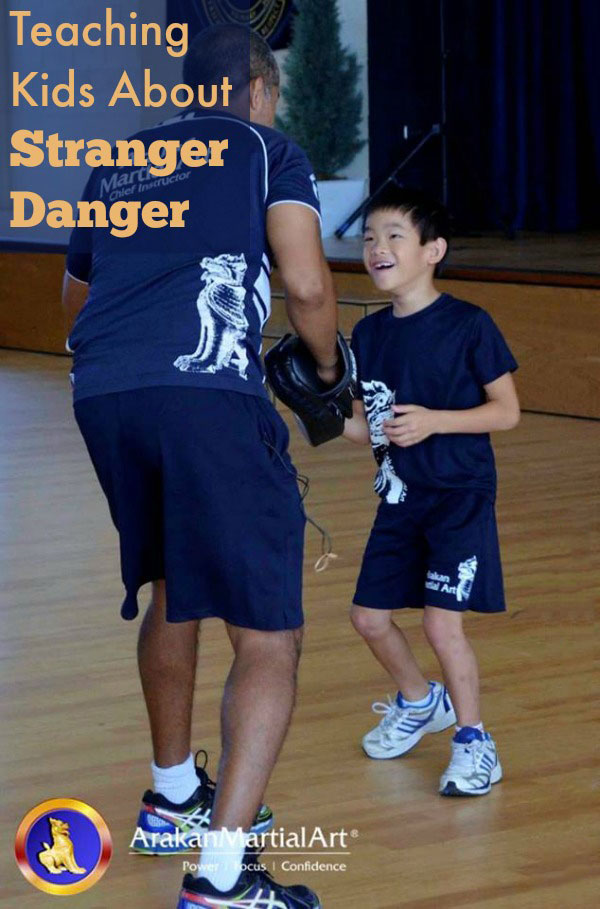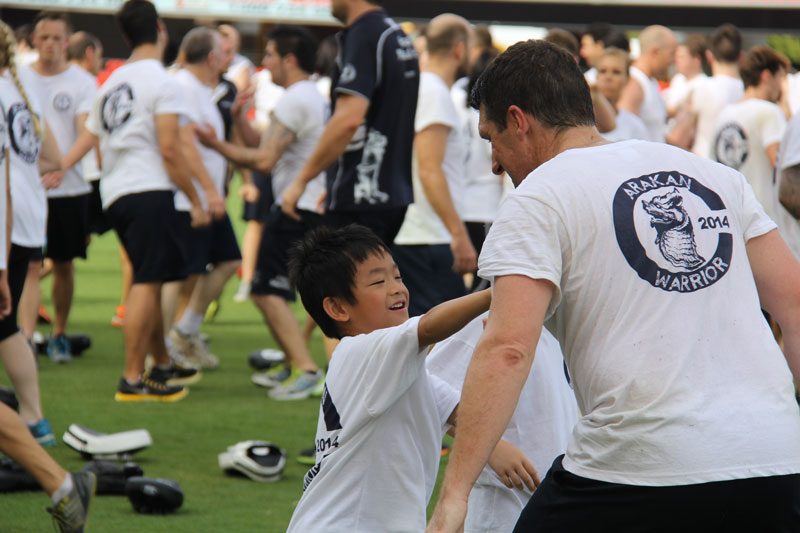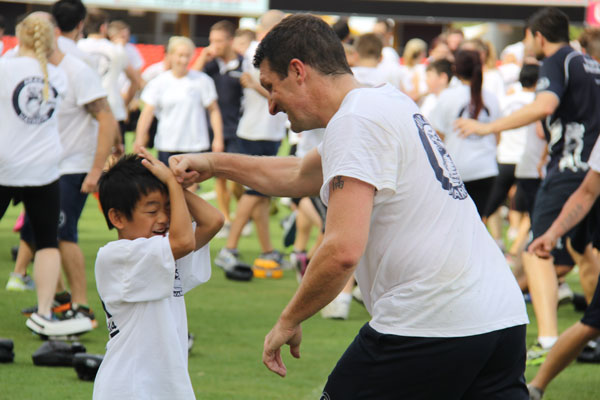Teaching Kids About Stranger Danger: Why We May Be Doing It All Wrong and How to Get it Right

As parents, we all know the fear of letting our children out into the world and the importance of teaching them stranger danger.
Like most parents, I always thought that I was doing the right thing by talking to my kids about stranger danger.
I have sat down with my son and daughter many times over the years to explain in an age sensitive context that some adults want to hurt kids and that if an adult tries to take them away they should just yell and run.
I thought that was all they needed to know and even felt pretty proud of the fact that I had equipped my kids with the knowledge needed to avoid a predator. That was until I watched this video...
As you can see in the video, many parents were confident that their child knew what to do if a strange man approached and tried to take them away.
All of these parents were shocked when they saw how easy it was for the man to entice the child away from the playground within minutes or seconds.
Recently our 8 year old son and I attended a training day at our local martial arts club, Arakan Martial Art.

Both my son and I have been training at Arakan Martial Art for a number of years as it’s a great way to build discipline, resilience and a fun way to get fit and make new friends.
This seminar was for kids aged 4 to 7 and was specifically set up to teach kids (and their parents) some real and practical skills to deal with predators.
At the start of the seminar, the chief instructor explained that as parents we often don't realise we send kids mixed messages when it comes to adults and strangers.
On one hand we talk about stranger danger and even teach our kids to yell no and go straight to a policeman or parent.
On the other hand we tell our kids to be polite when an adult introduces themselves and to shake their hand, tell them your name and listen to them.
He then went on to explain the benefits of situational training where mock experiences are put into place and then the kids are trained how to respond appropriately.

He explained wires up neurological pathways in children so that when they are in a real life situation, they first have the awareness to detect a potential danger and avoid it or if it is too late for that, they know how to respond quickly and decisively to get out of the situation and to the safety of their parent or guardian.
It was interesting to see how effective this was.
At the start of the training all of us parents were shocked to see how easily our kids were enticed away from the playground by lollies, toys or other goodies from strangers.
During the seminar the kids were then taught how to realistically deal with potential situations.
They were taught that the most important thing is to get away and not hang around or even try to fight an adult which is often unrealistic.
After doing several drills of reinforcing the correct responses, we finally saw the kids responding to potential situations correctly and not just wandering off with the instructors when they were offered lollies, toys, etc.
For more information on Arakan martial art and the classes they hold for kids, check out http://www.arakan.com.au/services/arakan-for-juniors.php